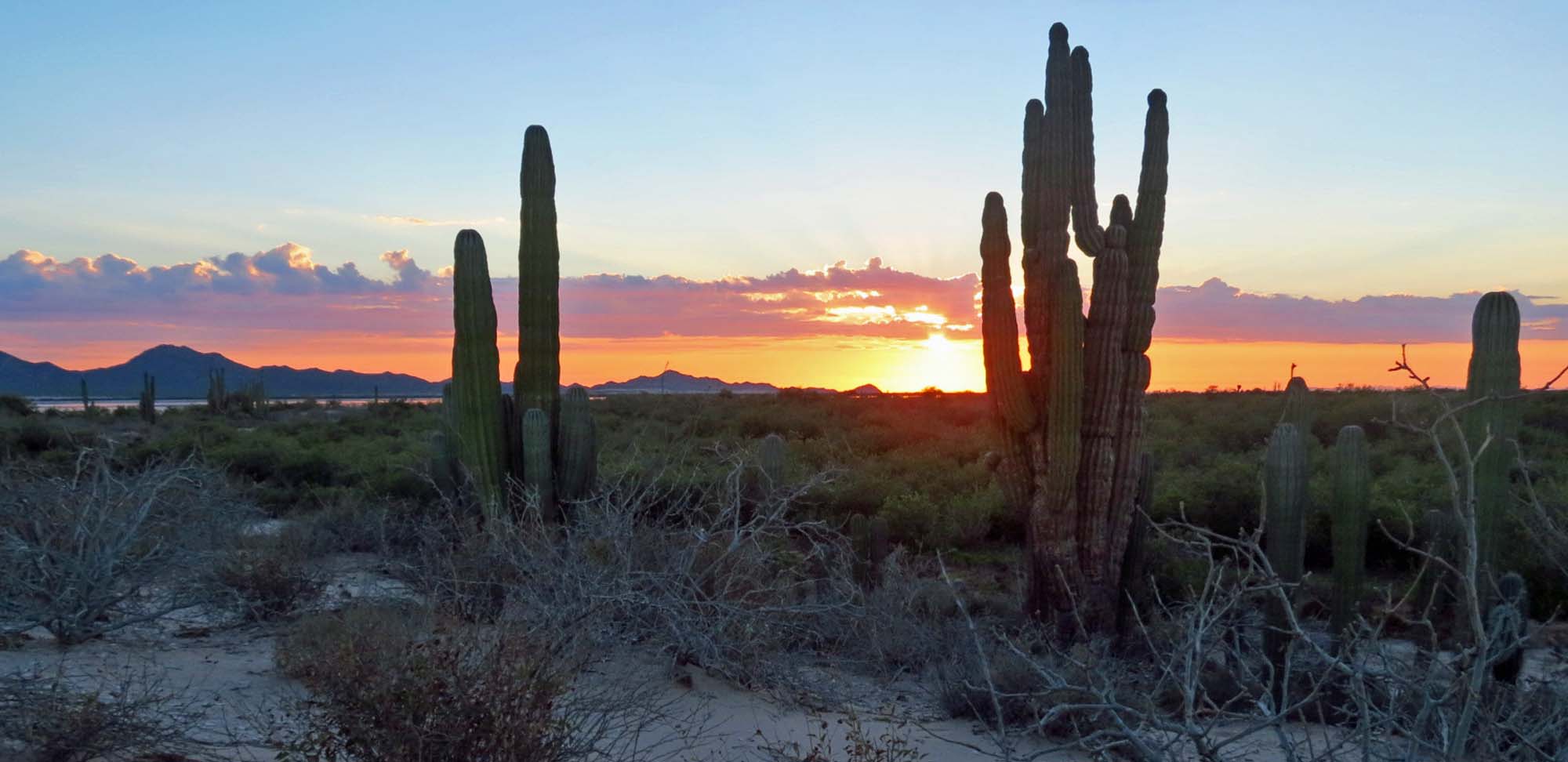Per the International Society Of Arachnology (ISA), in case anyone is curious and is interested in better educating themselves.
“Scorpion venoms are optimized for action upon other arthropods and therefore most scorpions are relatively harmless to humans; stings produce only local effects (such as pain, numbness or swelling). A few scorpion species, however, mostly in the family Buthidae, can be dangerous to humans. Among the most dangerous are Leiurus quinquestriatus, otherwise dubiously known as the deathstalker, which has the most potent venom in the family, and members of the genera Parabuthus, Tityus, Centruroides, and especially Androctonus, which also have powerful venom. The scorpion which is responsible for the most human deaths is Androctonus australis, or the yellow fat-tailed scorpion of North Africa. The toxicity of A. australis’s venom is roughly half that of L. quinquestriatus, but despite the common misconception A. australis does not inject noticeably more venom into its prey. The higher death count is simply due to its being found more commonly, especially near humans. Human deaths normally occur in the young, elderly, or infirm; scorpions are generally unable to deliver enough venom to kill healthy adults. Some people, however, may be allergic to the venom of some species. Depending on the severity of the allergy, the scorpion’s sting may cause anaphylaxis and death. A primary symptom of a scorpion sting is numbing at the injection site, sometimes lasting for several days. Scorpions are generally harmless and timid, and only voluntarily use their sting for killing prey, defending themselves or in territorial disputes with other scorpions. Generally, they will run from danger or remain still.”
In regards to the original thread, Centruroides limbatus happens to be the most venomous species of scorpion in Central America, which happens to be a species of bark scorpion. In North America, the scorpion that holds that belt is the Arizona Bark Scorpion, C. sculpturatus, which is similar in size, basic husbandry and venom potency. Getting back to C. limbatus, a researcher associated with the Smithsonian Institution assures that “this species is not considered dangerous to humans” but warns that nonetheless that they “are venomous and being stung by one is no picnic.”[2] According to another researcher’s firsthand account of being stung while trying to capture a subadult specimen near Tortuguero, Costa Rica:
There was immediate pain, as if being penetrated by a thorn much larger than the actual sting. The site of the sting felt tight and as if it was burning, although there was little visible inflimation [ sic ]. After approximately an hour, the pain had subsided to the point where I was more aware of a sensation of tingling like when you stick your tongue on a 9V battery. After an additional half hour, the pain and tingling had subsided to the point where my thumb felt like it had a sealed paper cut on it – where moving my thumb felt odd but keeping it still was without much sensation. Several hours later, this too had subsided and I felt nothing. At no point did I experience any systemic effects, nor did the symptoms extend beyond the initial sting site – not even as far as my first joint on my thumb.[[5]] (Centruroides limbatus - Wikipedia)
In my experience with highly venomous species of scorpions, particularly C. sculpturatus vs. P. capensis, there is a notable difference in behavior and motion. A larger species such as Parabuthus capensis at a notably higher end of the venom spectrum is a much calmer, and less shy species, as if they know how potentially deadly they are. The smaller Bark Scorpions are anything but calm, extremely shy and much more likely to sting you in defense, are much more likely to bolt and escape, and due to their small size, can be much more difficult to ascertain in the event of an escape. These are both arid species, the Bark Scorpion absolutely a desert dwelling species, located in places such as The Grand Canyon, whilst the P. capensis is naturally from South Africa just north of the Cape Peninsula northwards into southern Namibia and extending eastwards into the Eastern Cape, it inhabits hard packed sandy and gritty soil where burrows are found at the base of shrubs, grass tufts and stones. The husbandry and handling precautions for these species are literally worlds apart, which is why it’s important to do proper research on what you keep, or rather, intend to keep, rather than lumping things into a general category and applying blanket policies for creatures that MOST people, but not everyone you’ll encounter, aren’t fully understanding of. The risk involved in saying “I KNOW” unchecked, without some sort of basis for the knowledge when it comes to anything venomous, arachnids and beyond, is dangerous, both to the experienced hobbyist and beginners alike.

